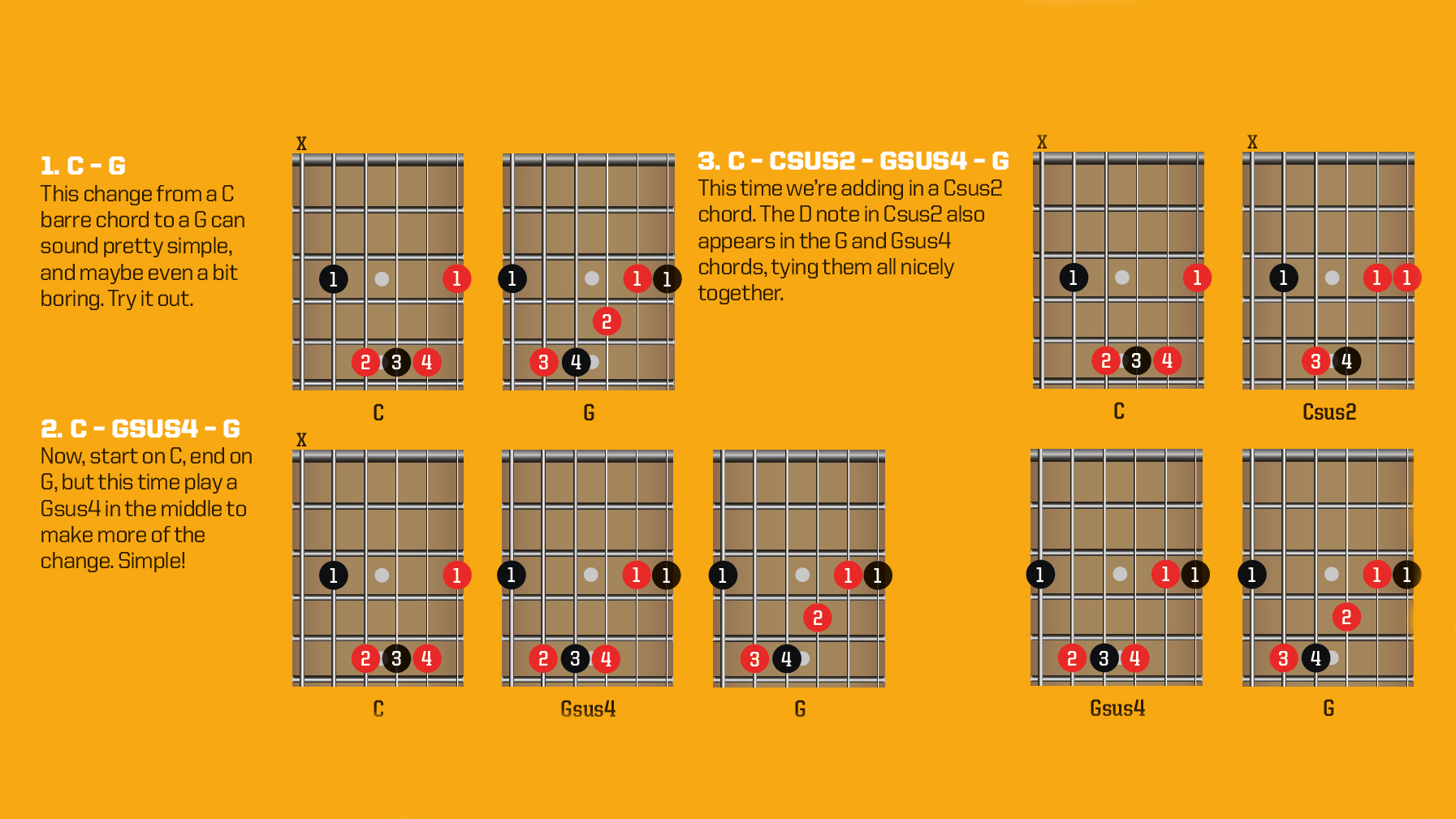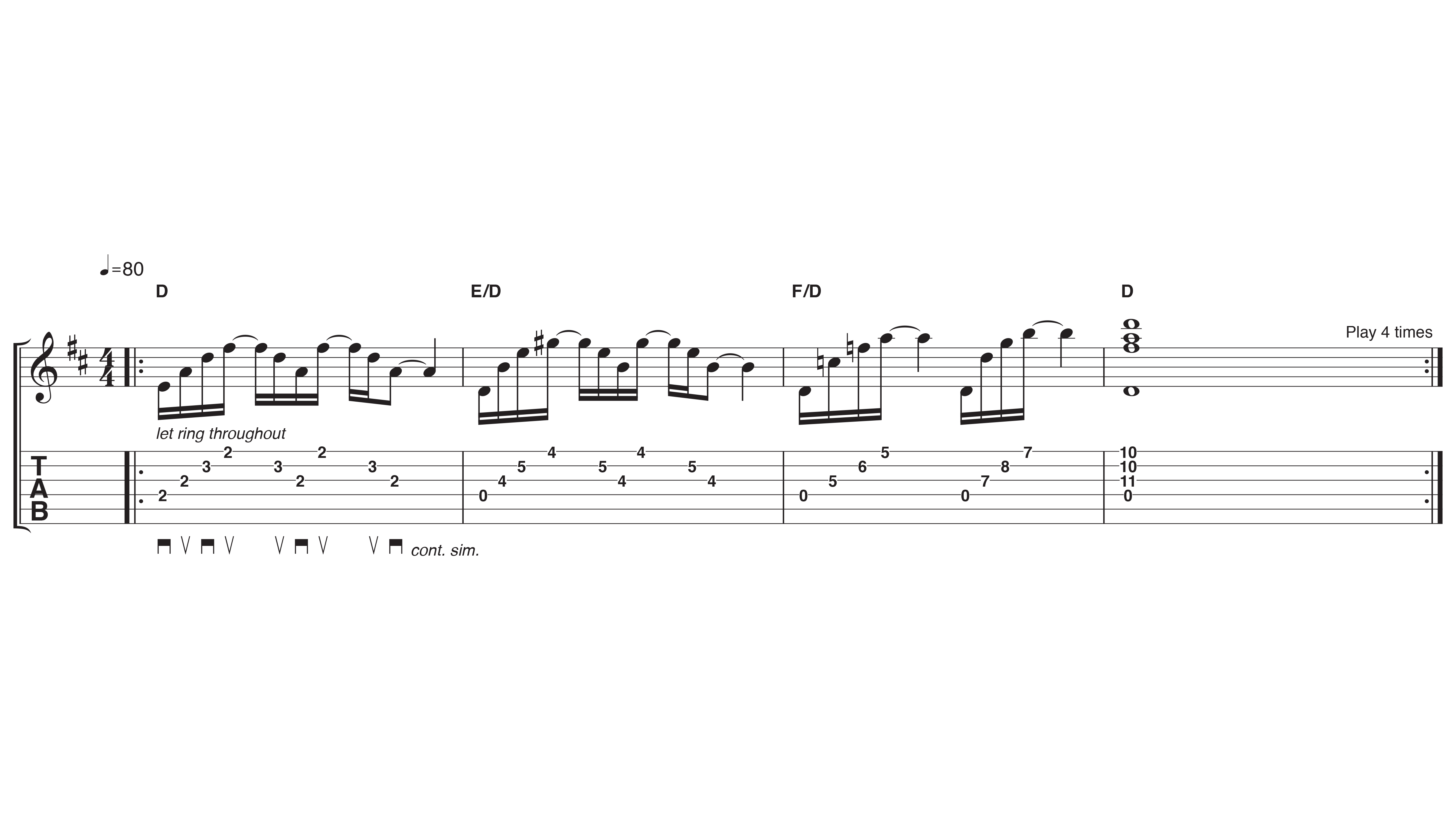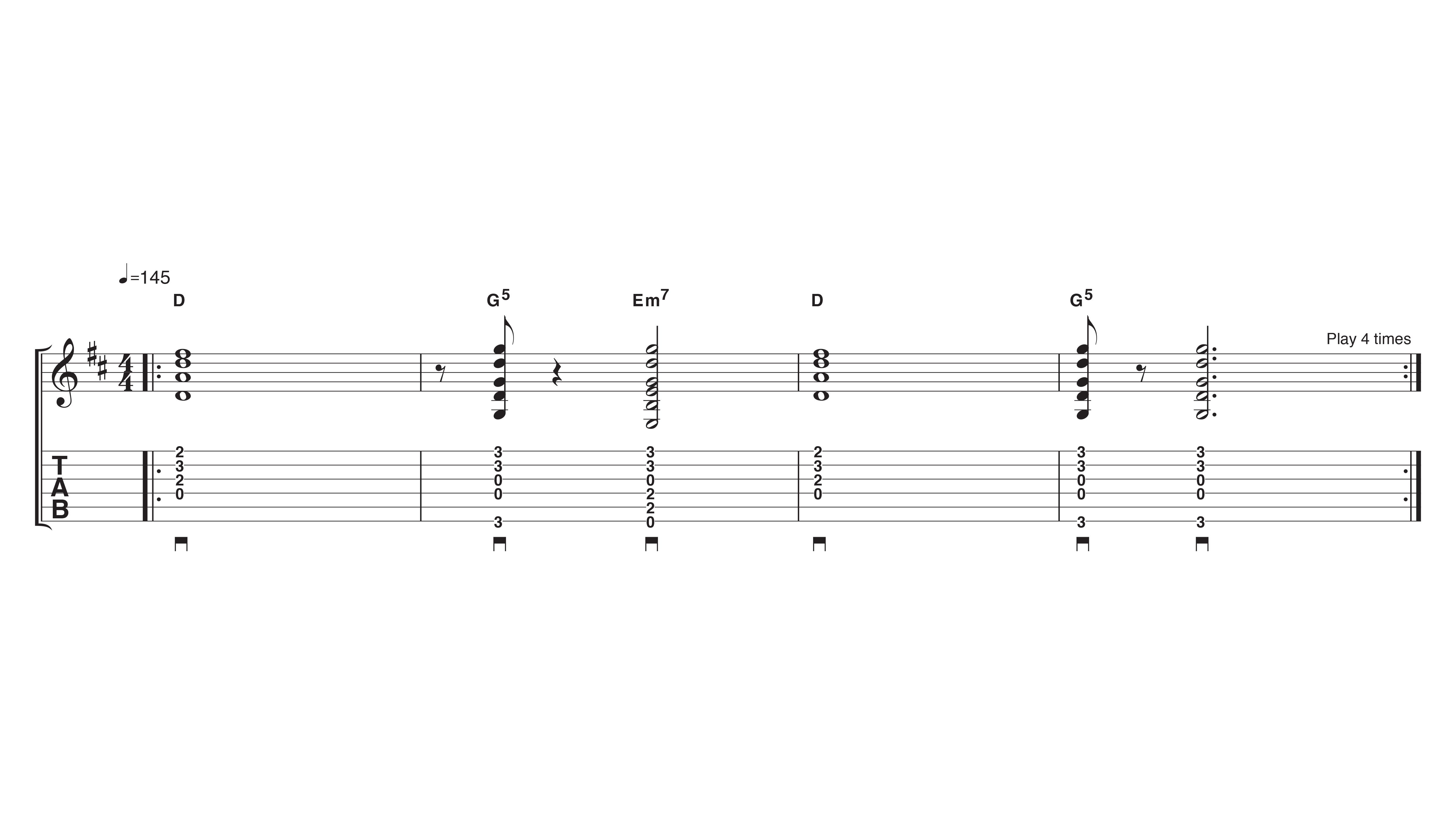The Who – Tommy: Pete Townshend guitar lesson
Following The Beatles and Led Zeppelin, the latest in our series of free guitar lessons focussing on classic 1969 albums

We've already covered guitar lessons on Abbey Road, Led Zeppelin I and Led Zeppelin II, now it's for a focus on the playing behind another classic British rock album from 1969; a full-blown concept album from The Who – Tommy.
Acoustic guitars and plenty of clean electric guitar tones dominate this album, giving The Who’s Tommy a lighter feel than a number of their other recordings to date. That’s unsurprising, given that their fourth album is a pioneering early example of a rock opera, written to outline the ebb and flow of a dramatic story rather than simply act as another chapter in the band’s hard rock manifesto.

Still, legendary guitarist Pete Townshend is one of the greats of rock rhythm and many of his signature playing techniques are in full flow here. Though Tommy is an acoustic-heavy work, Townshend’s trademark aggressive strumming technique, pin-sharp timing and authoritative delivery are all present and correct, combined with a few harmonic and textural approaches to learn from too.
Start off with a look at the basics of sus chords. You probably already know about these commonplace chords, but they’re a much under-appreciated songwriting tool. Just insert a sus chord where you can to make the most of a change to a major or minor chord.
We’re also looking at the kind of arpeggios you’ll hear peppered throughout Tommy. Again, it’s a technique you probably know well but Townshend displays a level of virtuosity on tracks like 1921 where he’s playing straight 16ths. Read on and get some of his essential techniques down.
1. Sussing it out


The humble sus chord can inject a creative edge in your chord changes and Tommy’s Pinball Wizard features a classic example of the major to sus4 chord change.
Townshend’s simple shift from B to Bsus4 outlines the main riff, but it’s also a handy songwriting trick used subtly throughout the album to add flourishes to other more basic chord changes. Try it out with the sus4 chord then take things a step further with our easy sus2 chord change.
Want all the hottest music and gear news, reviews, deals, features and more, direct to your inbox? Sign up here.
2. Arpeggios
You'll find arpeggios like these peppered throughout the album on tracks such as 1921, The Acid Queen and Sensation.
Townshend would often play simple chords like these D shapes over a repeating bass note (a musical device known as a pedal tone); listen to overture or the intro to Pinball Wizard for some great examples.
3. Aggressive downstrokes
Overture and Pinball Wizard are great examples of Pete’s down-up style strumming, but we’re taking inspiration from the aggressive downstrokes in Amazing Journey.
Perhaps surprisingly, the devil is in the detail; fret every note cleanly and make sure to keep the idle strings silent or you’ll risk a heavy downstroke on a wrong note. Yikes!
Led Zeppelin II guitar lesson
Total Guitar is Europe's best-selling guitar magazine.
Every month we feature interviews with the biggest names and hottest new acts in guitar land, plus Guest Lessons from the stars.
Finally, our Rocked & Rated section is the place to go for reviews, round-ups and help setting up your guitars and gear.
Subscribe: http://bit.ly/totalguitar


